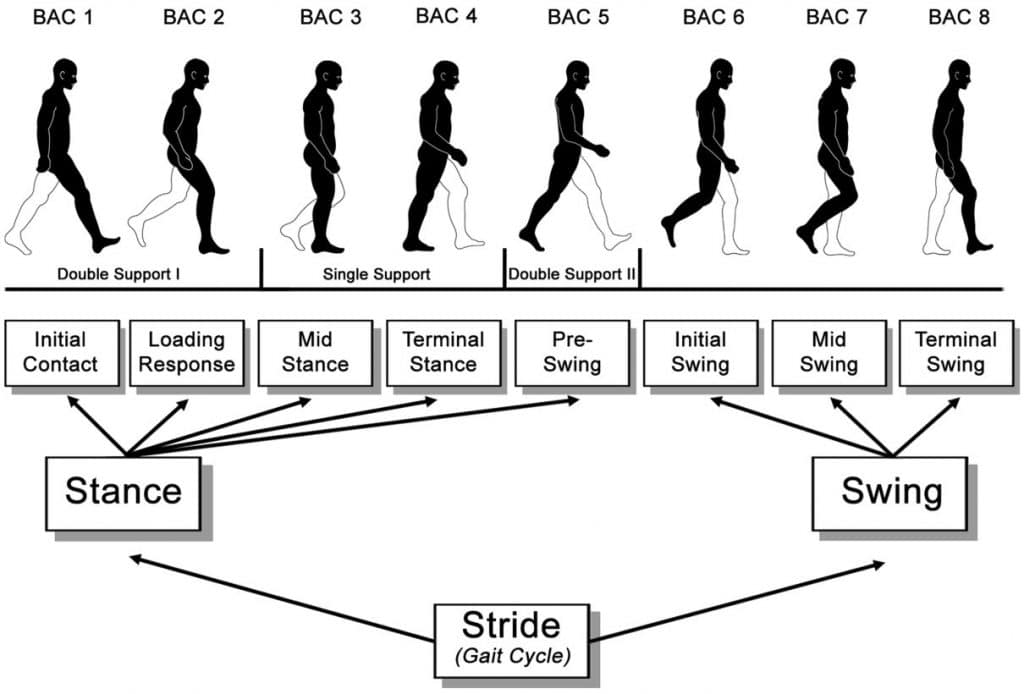An ankle sprain occurs when the ligaments that support the ankle joint are stretched or torn, usually due to the foot rolling or twisting beyond its normal range of motion. Physiotherapists play a vital role in the management and rehabilitation of ankle sprains. Our treatment approaches are grounded in evidence-based practice, which means they incorporate the latest research findings and clinical expertise to provide effective care. Here are some ways in which physiotherapists can help individuals with ankle sprains:
1. Accurate Assessment and Diagnosis:
Physiotherapists are skilled in performing a thorough assessment to determine the extent and severity of an ankle sprain. They use evidence-based clinical tests and measures to identify the specific structures involved, assess joint stability, and evaluate functional limitations. This accurate diagnosis helps tailor the treatment plan to address the individual’s unique needs.
2. Pain Management:
Ankle sprains often cause pain and discomfort. Physiotherapists employ evidence-based pain management techniques to help alleviate pain and promote healing. They may use modalities such as ice, heat, range of motion and strengtheing exercises to reduce pain and inflammation. Additionally, manual therapy techniques like joint mobilizations and soft tissue massage can provide pain relief.
Exercise Prescription and Rehabilitation:
Exercise plays a crucial role in ankle sprain rehabilitation, promoting strength, flexibility, and balance. Physiotherapists design evidence-based exercise programs tailored to the individual’s specific needs and goals. These programs typically include a combination of strengthening exercises for the ankle, calf, and surrounding muscles, as well as stretching and range of motion exercises. Evidence supports the use of progressive exercises to restore joint stability and prevent recurrent sprains.
Manual Therapy Techniques:
Physiotherapists may utilise manual therapy techniques as part of the treatment plan for ankle sprains. These evidence-based techniques, such as joint mobilizationss, can help improve joint mobility, reduce pain, and enhance tissue healing. Soft tissue techniques, including massage and myofascial release, may also be employed to address muscle imbalances and promote tissue recovery.
Gait and Balance Training:
Ankle sprains can affect walking patterns and balance. Physiotherapists employ evidence-based gait analysis techniques to identify abnormalities and develop interventions to correct them. They may incorporate balance training exercises, such as single-leg stance and proprioceptive exercises, to improve postural control and prevent re-injury.

Patient Education:
Educating patients about their condition, treatment options, and self-management strategies is a crucial aspect of physiotherapy. Physiotherapists provide evidence-based education on proper footwear, activity modification, and home exercises to facilitate recovery and prevent future ankle sprains. They empower patients with knowledge about the importance of adherence to treatment plans and the potential risks of returning to activities too soon.
Return-to-Sport Guidance:
For individuals involved in sports or activities requiring higher ankle function, physiotherapists provide evidence-based guidance on safe return-to-sport protocols. They consider factors such as tissue healing, functional abilities, and sport-specific demands to ensure a gradual and successful return to activity while minimizing the risk of re-injury.
If you need help let us know:
https://themovementmill.com.au/contact-us/
or Book in with one of our Physios:

